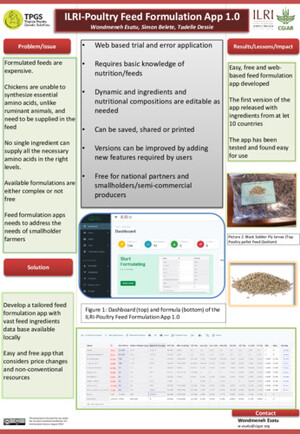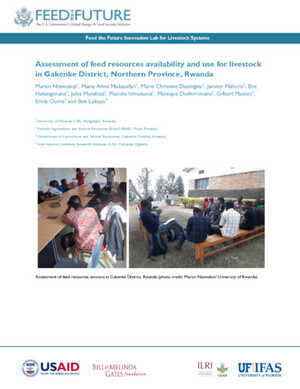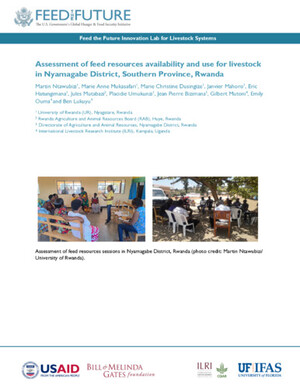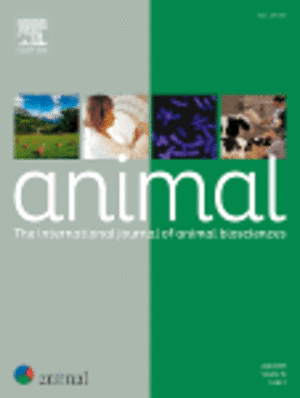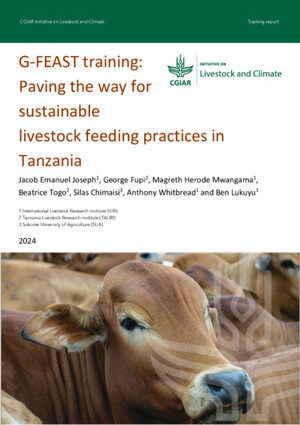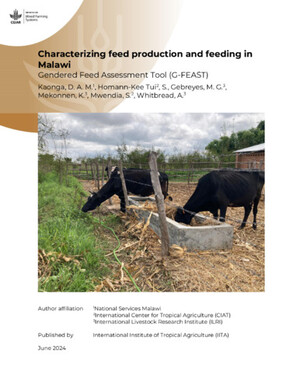
Digesta passage and nutrient digestibility in Boran steers at low feed intake levels
Abstract
The present study evaluated the effects of energetic undernutrition on liquid and solid digesta passage and on nutrient digestibility as well as their interdependencies. Using a 4 x 4 Latin square design, 12 growing Boran steers (183 ± 15.2 kg live weight) were allocated to four levels of metabolizable energy (ME) supply fixed at 100, 80, 60 and 40% of individual maintenance energy requirements (MER) during four experimental periods. Each period comprised three weeks of adaptation, two weeks of data collection and two weeks of recovery. Diets MER80, MER60 and MER40 only consisted of Rhodes grass hay (RGH), whereas diet MER100 contained (as fed) 83% RGH, 8% cotton seed meal and 9% sugarcane molasses. Feed intake differed between treatments (p < .001) and ranged from 40 ± 0.6 g dry matter (DM) per kg of metabolic weight (kg0.75) in MER40 to 81 ± 1.3 g DM in MER100. Digestibility of neutral and acid detergent fibre (NDF, ADF) was highest at MER80, whereas rumen retention time of liquid and solid digesta was longest at MER40. The correlation of rumen retention time of liquid and solid digesta with the digestibility of proximate diet components was weak but positive, whereas the correlation of liquid and solid rumen retention time with quantitative feed and nutrient intake was strong (p < .01) and negative. Our results suggest that tropical cattle are able to buffer a moderate energy deficit by prolonging rumen retention time of digesta and hence improve diet digestibility. Conversely, a severe energy deficit cannot be buffered by digestive adaptation mechanisms and will inevitably lead to productivity losses.
Citation
Ali, A.I.M., Wassie, S.E., Korir, D., Goopy, J.P., Merbold, L., Butterbach‐Bahl, K., Dickhoefer, U. and Schlecht, E. 2019. Digesta passage and nutrient digestibility in Boran steers at low feed intake levels. Journal of Animal Physiology and Animal Nutrition 103(5):1325-1337.





